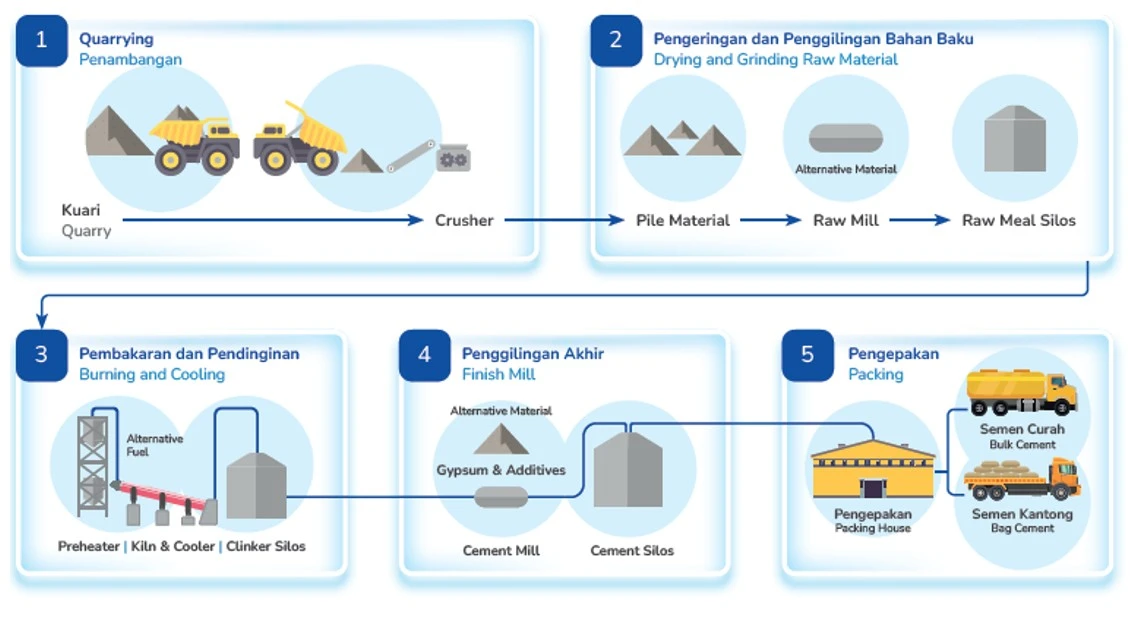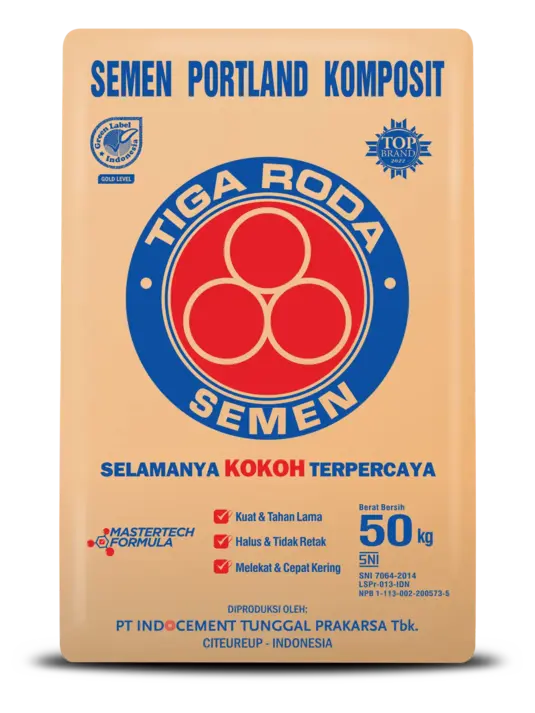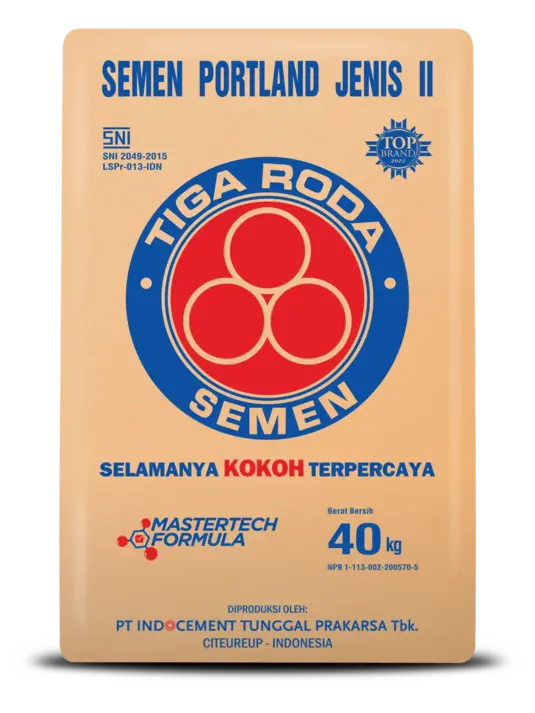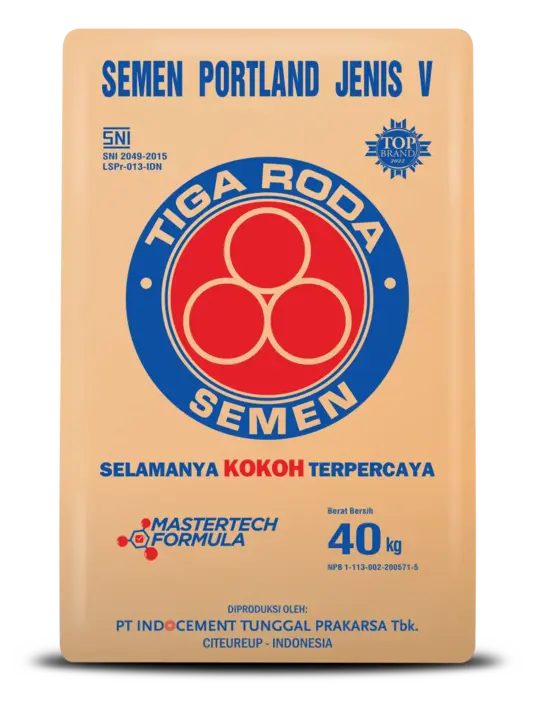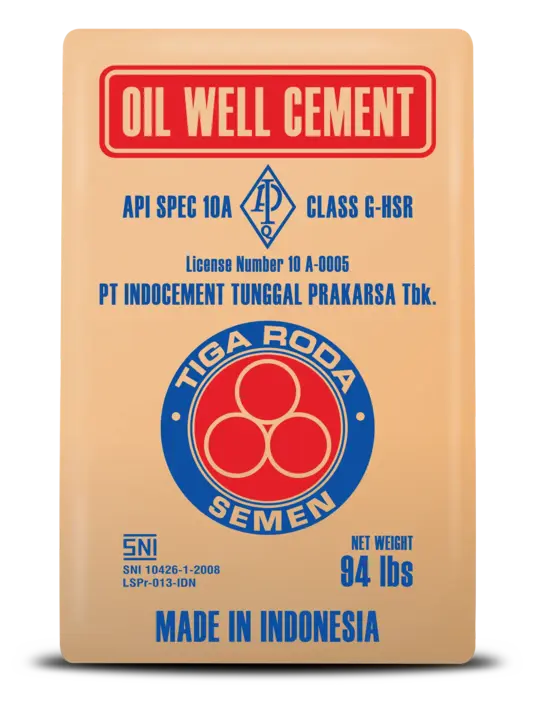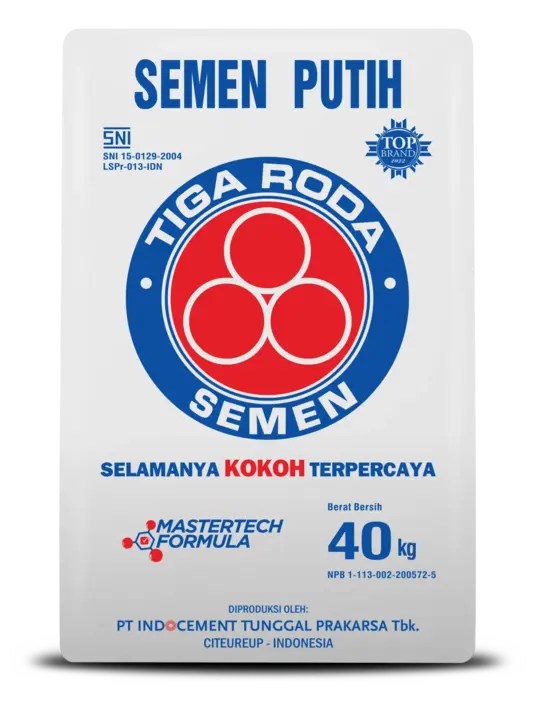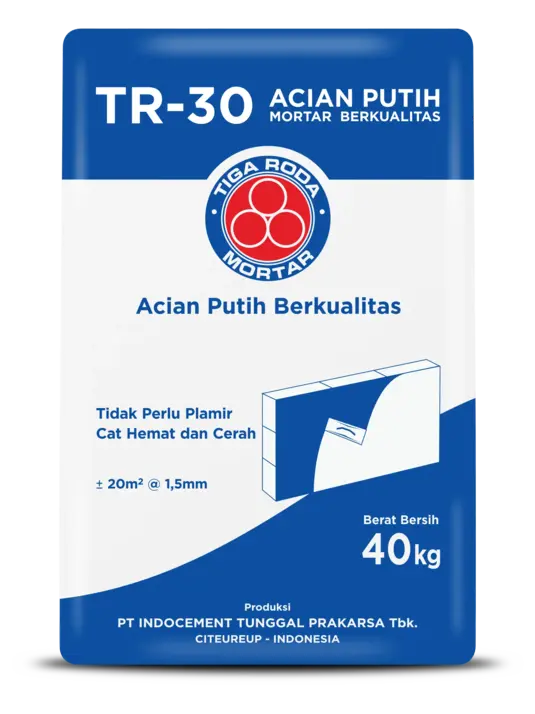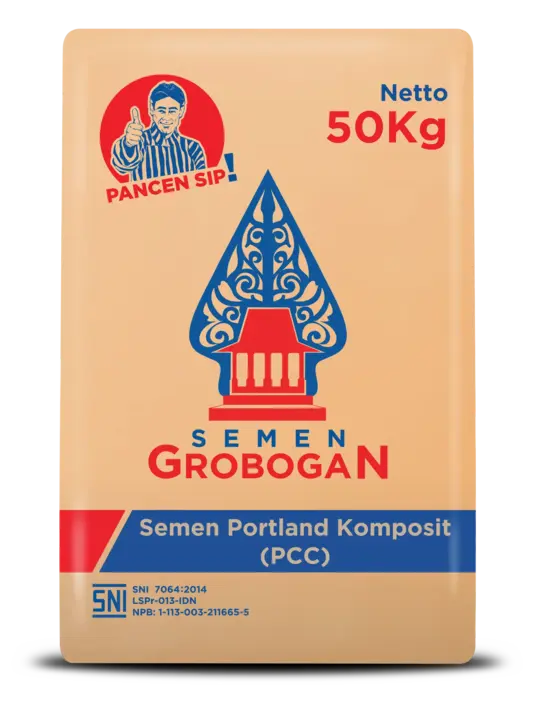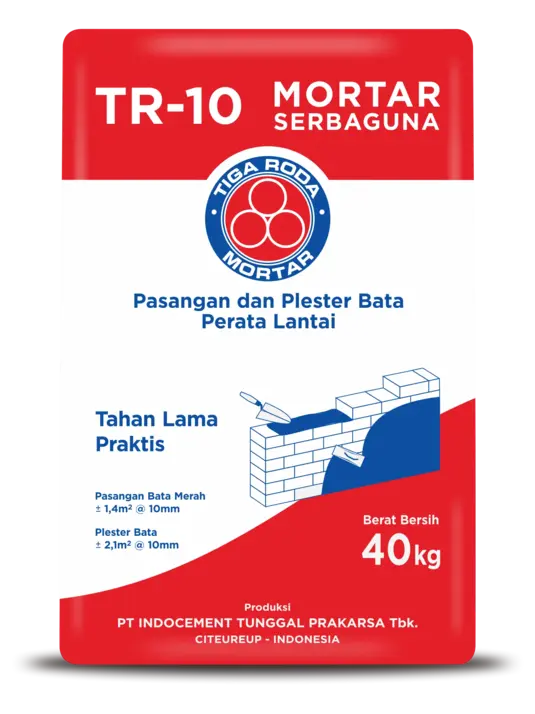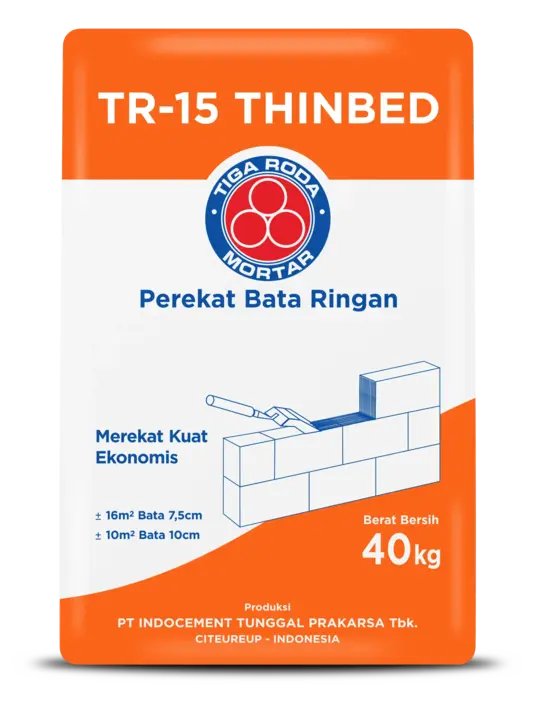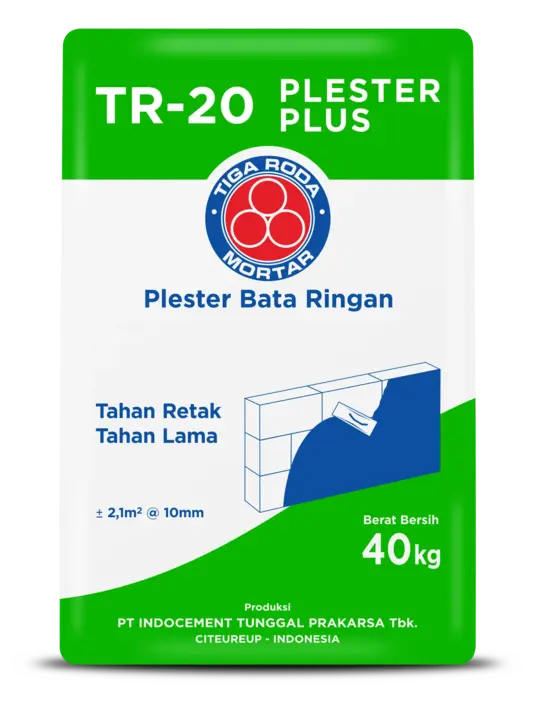Cement is a construction material in the form of a finely ground mineral powder, typically grey in color. The main raw materials used in cement production include limestone, clay, and marl. When mixed with water, cement acts as a binder that holds together sand, gravel, and stone in concrete. It has the ability to harden both in air and underwater, and once it solidifies, it remains in a hardened state.
Commercially, cement is usually available as a homogeneous bulk dry product. Its characteristics are standardized to ensure stability, reliability, and ease of application. Cement is classified based on its initial and final strength as well as its composition. In addition to cement made from 100% clinker, there are composite cements that use alternative materials such as fly ash, ground slag, or limestone to replace part of the clinker. The use of these alternatives helps reduce CO2 emissions and conserve natural resources.
The type of cement used depends on the specific construction needs. Its composition and properties can be modified with additives to achieve the desired performance. Cement manufacturers offer a wide range of products, including high-quality cement, specialty cement with targeted characteristics, geotechnical construction materials, and additional binders. The product range may vary from country to country, adapting to local needs and standards.
